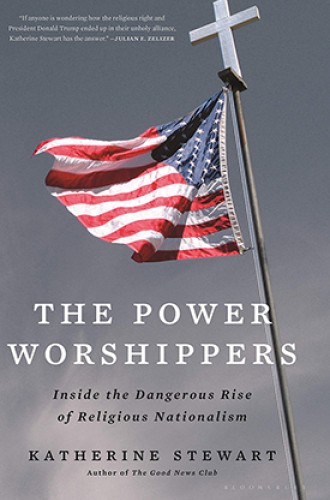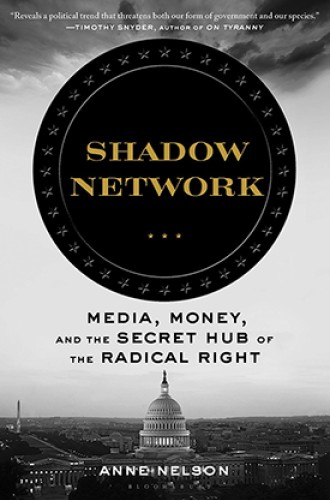The white Christian nationalist scam
Journalists Katherine Stewart and Anne Nelson unveil the mechanisms behind the rise of a movement.
Several years ago, an elderly deacon at a Baptist church in my hometown in rural North Carolina lost his beloved wife. The church rallied around him as he grieved, and everyone was encouraged when, after several solemn months, he showed signs of renewed joy. He had found new love online.
As younger people in the congregation listened to their elder’s story, though, they realized that something wasn’t quite right. Eventually some fellow deacons pulled him aside to explain: the woman he had been talking with online wasn’t really interested in a relationship. She was part of a scam designed to exploit his grief as a way to his bank account.
New books by investigative journalists Katherine Stewart and Anne Nelson look into a different sort of scam that’s targeting Christians—this one more widespread and long-standing. For the past 40 years, the corporately funded radical right in America has targeted the church, exploiting the language of Christians’ faith in order to gain their political support.






